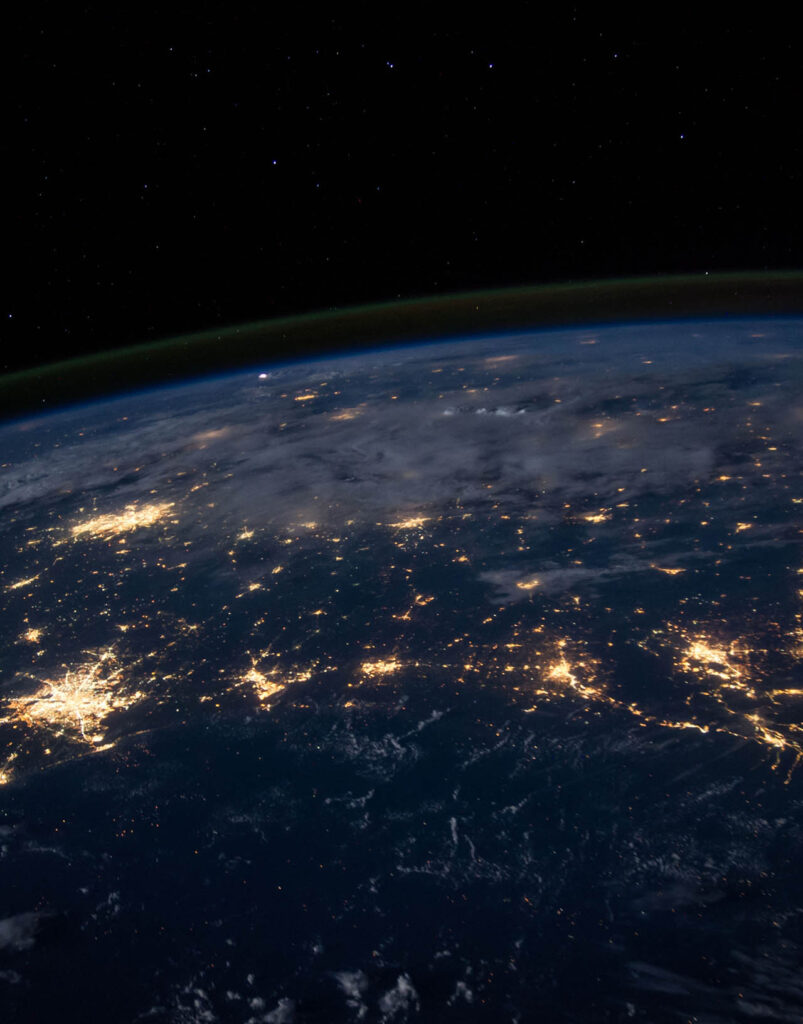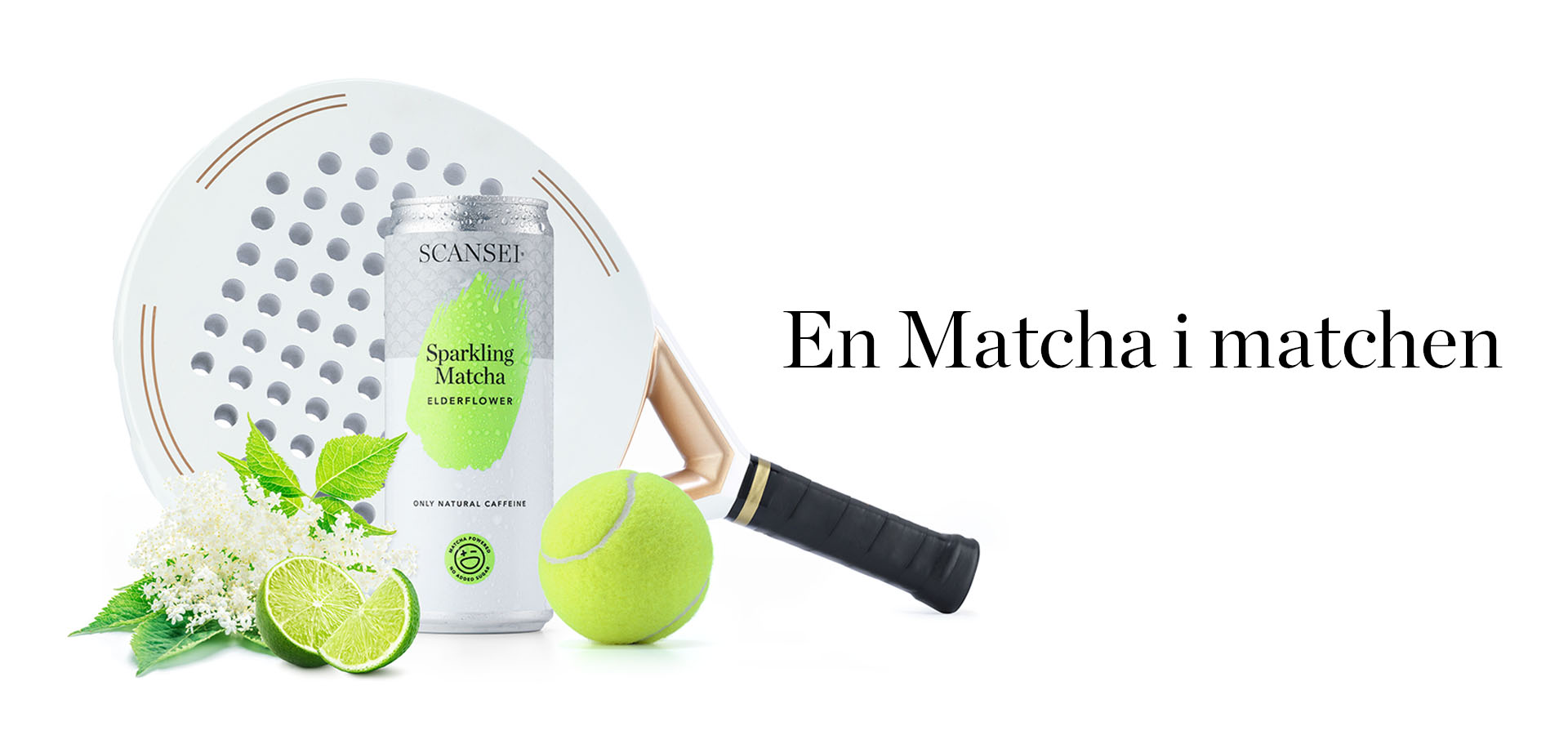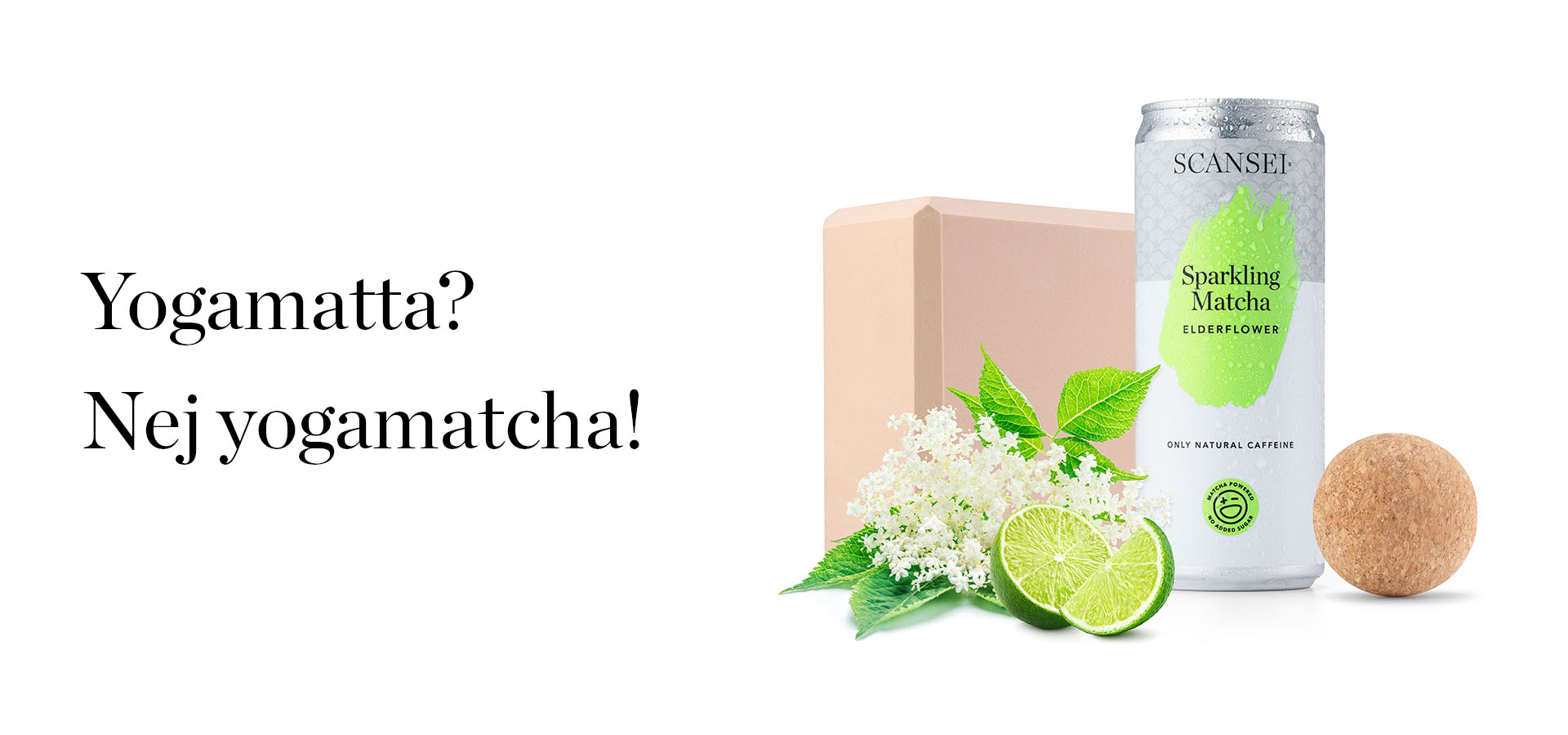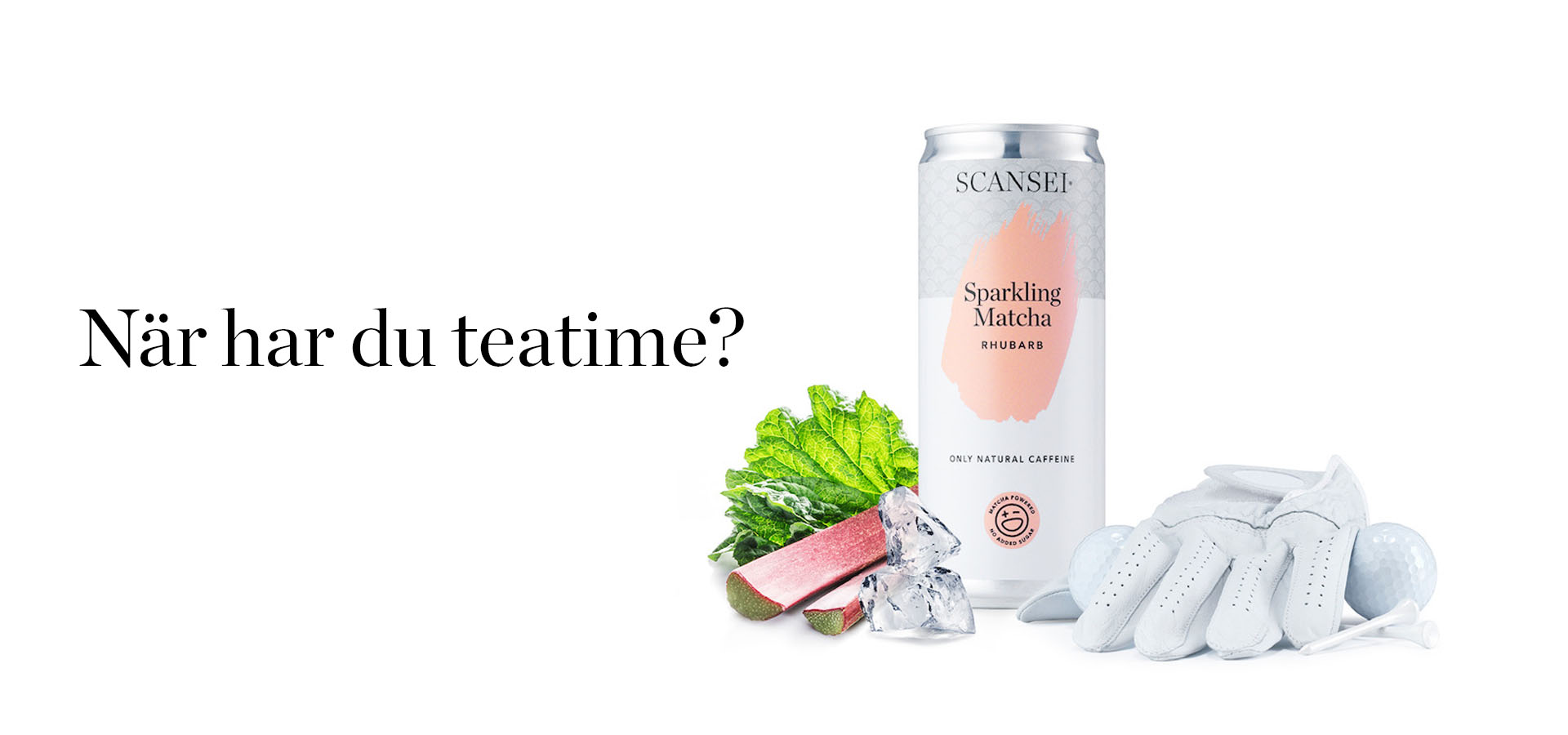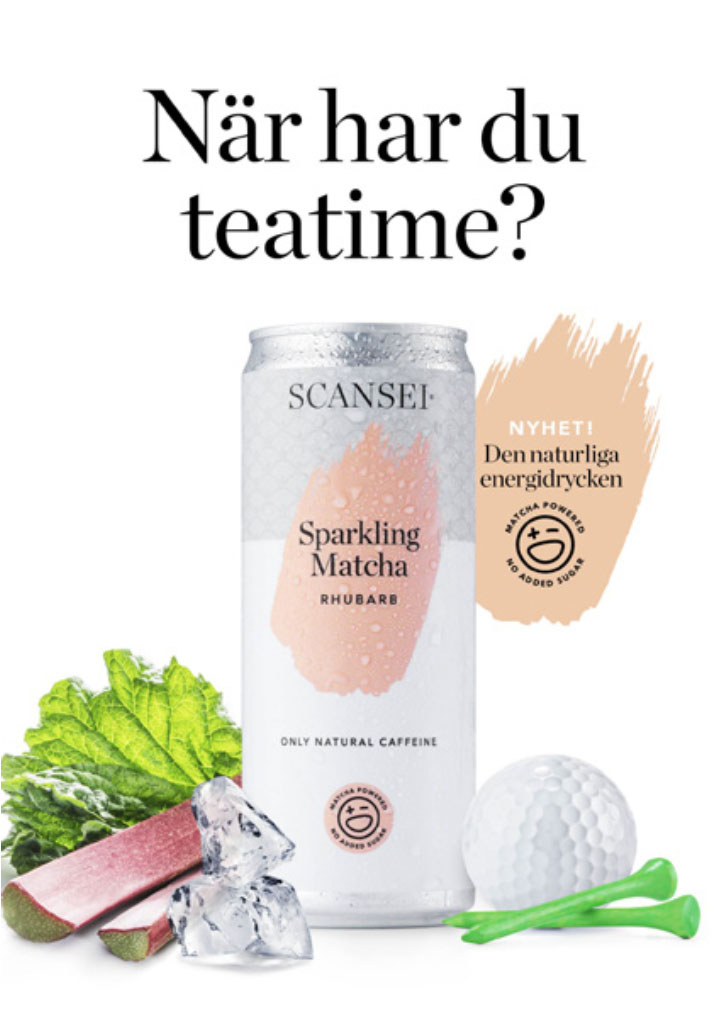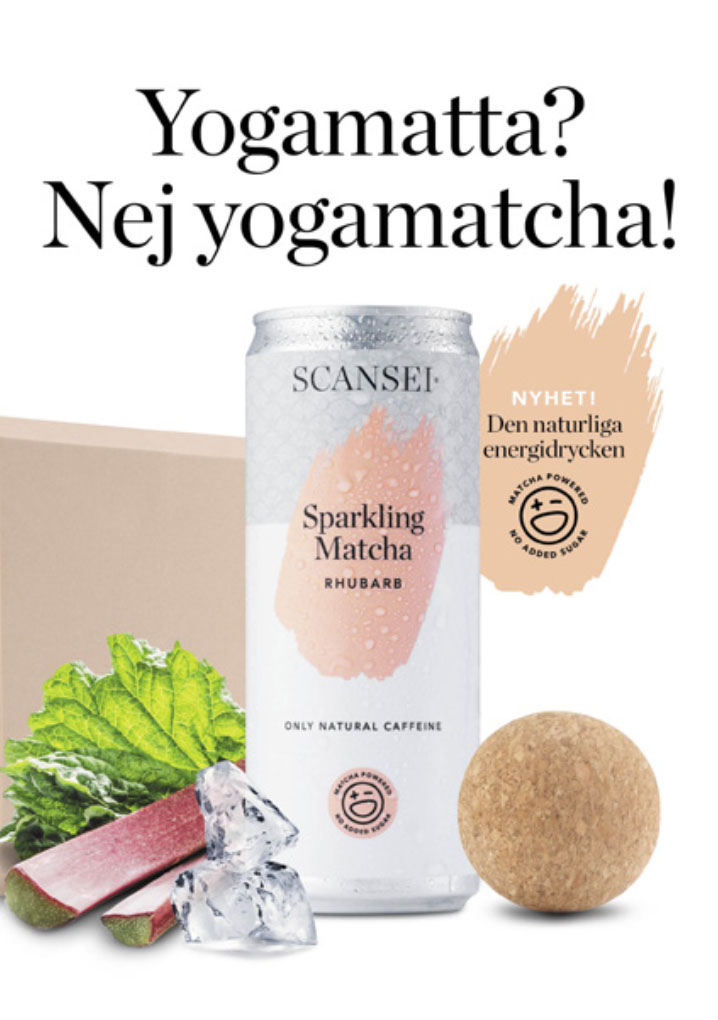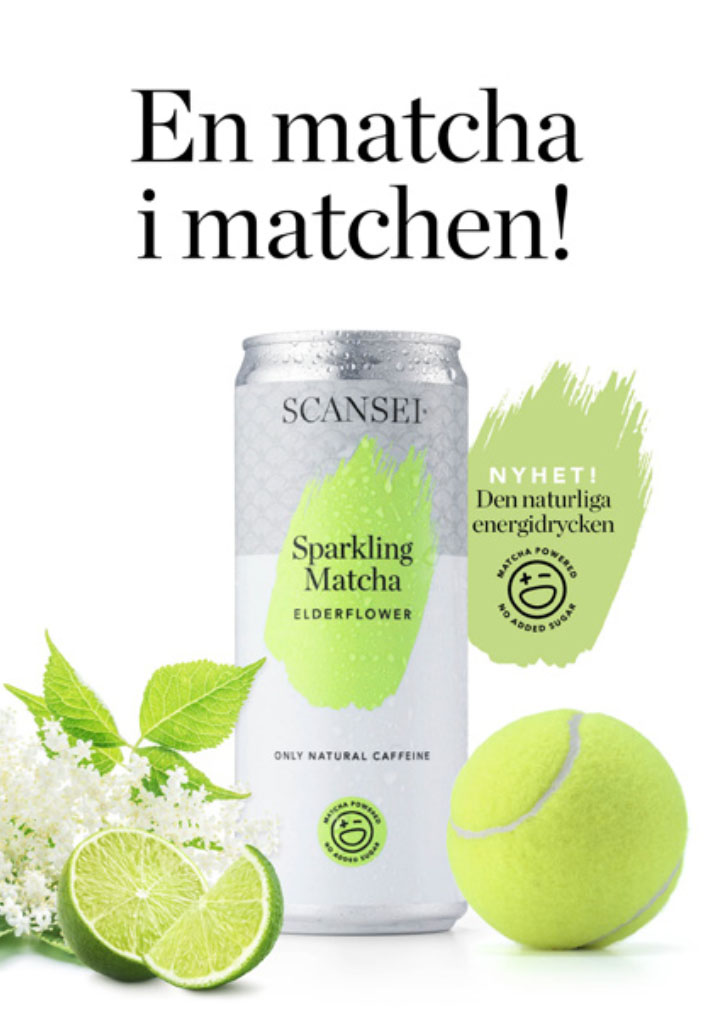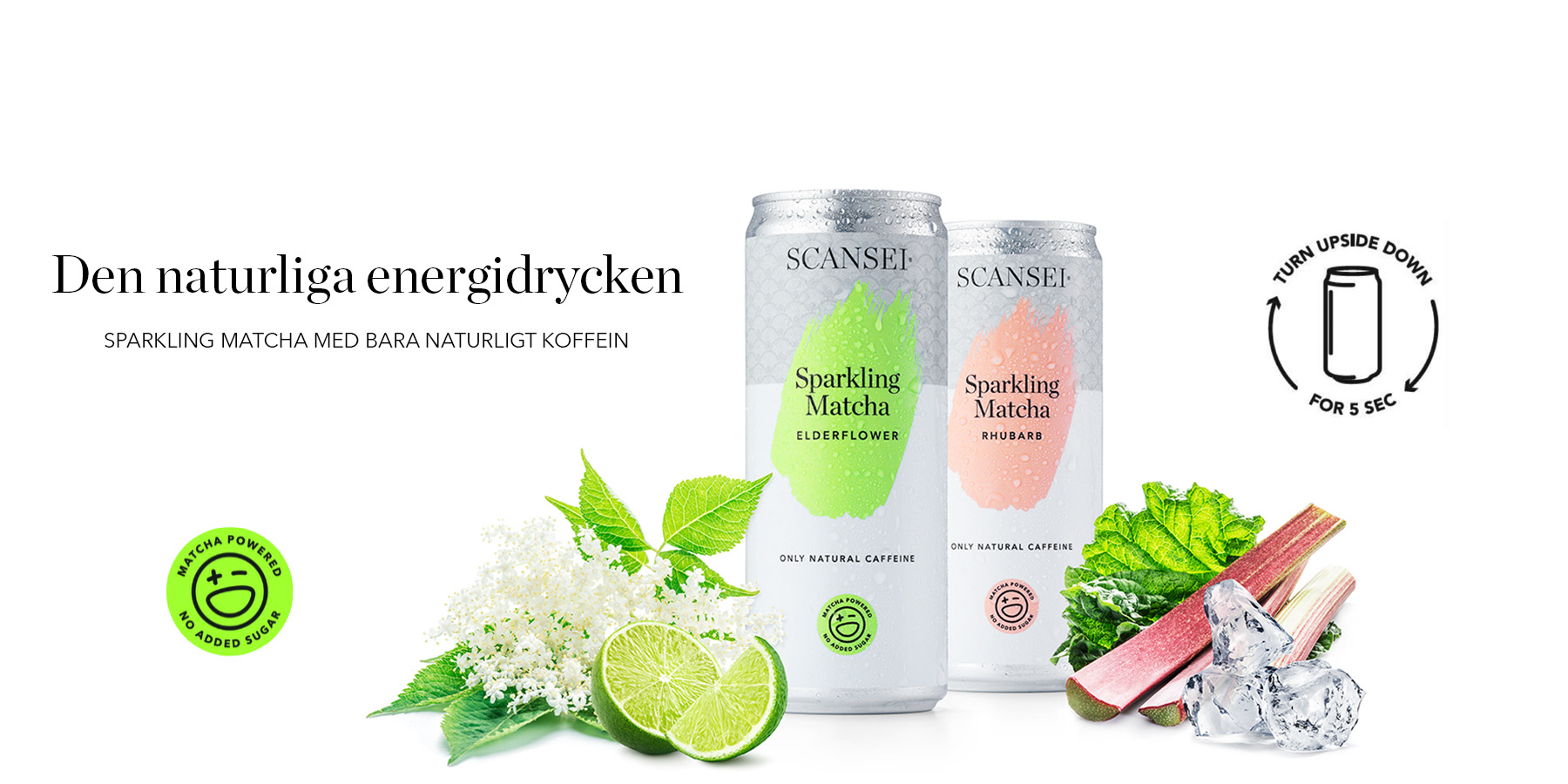
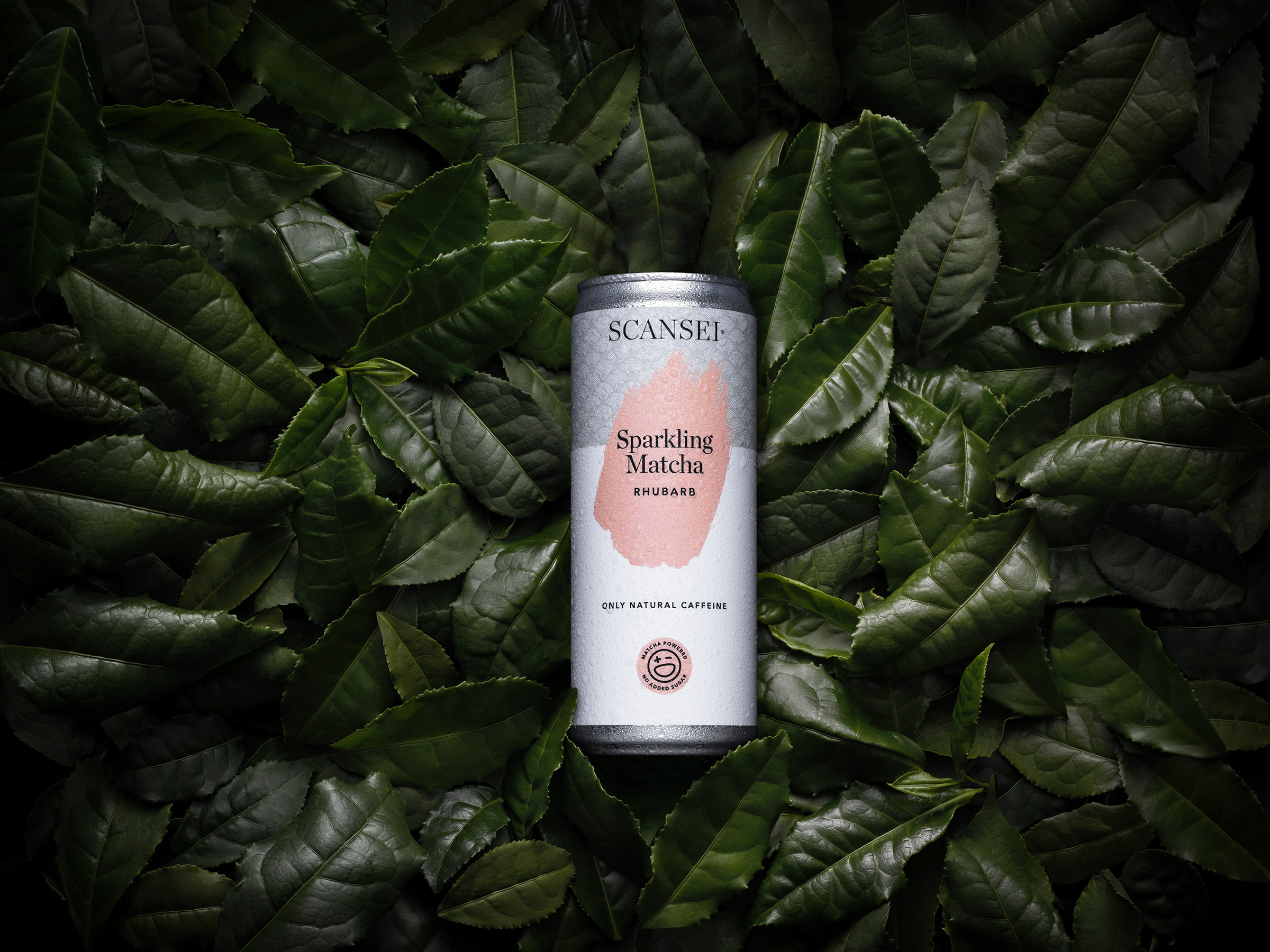
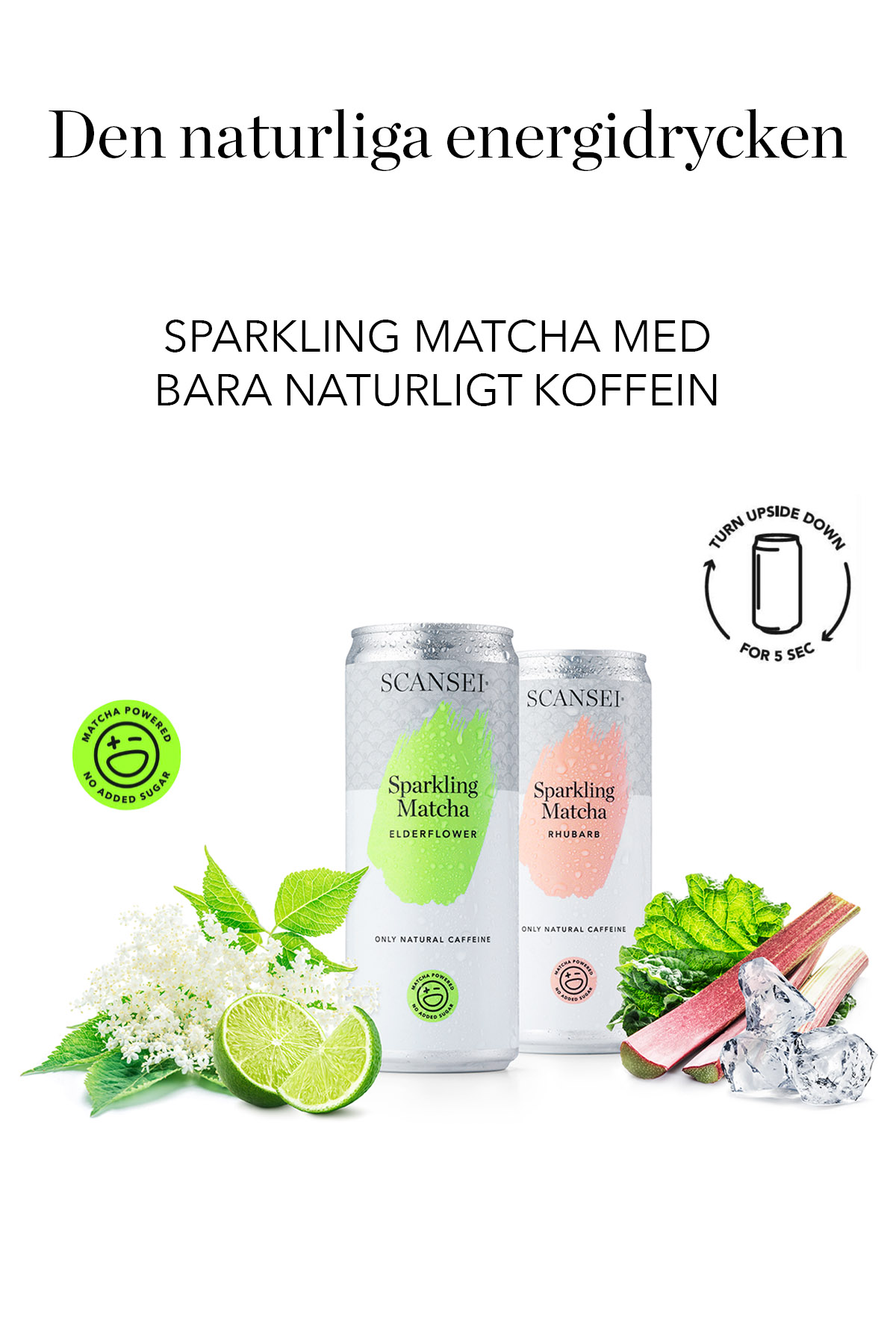
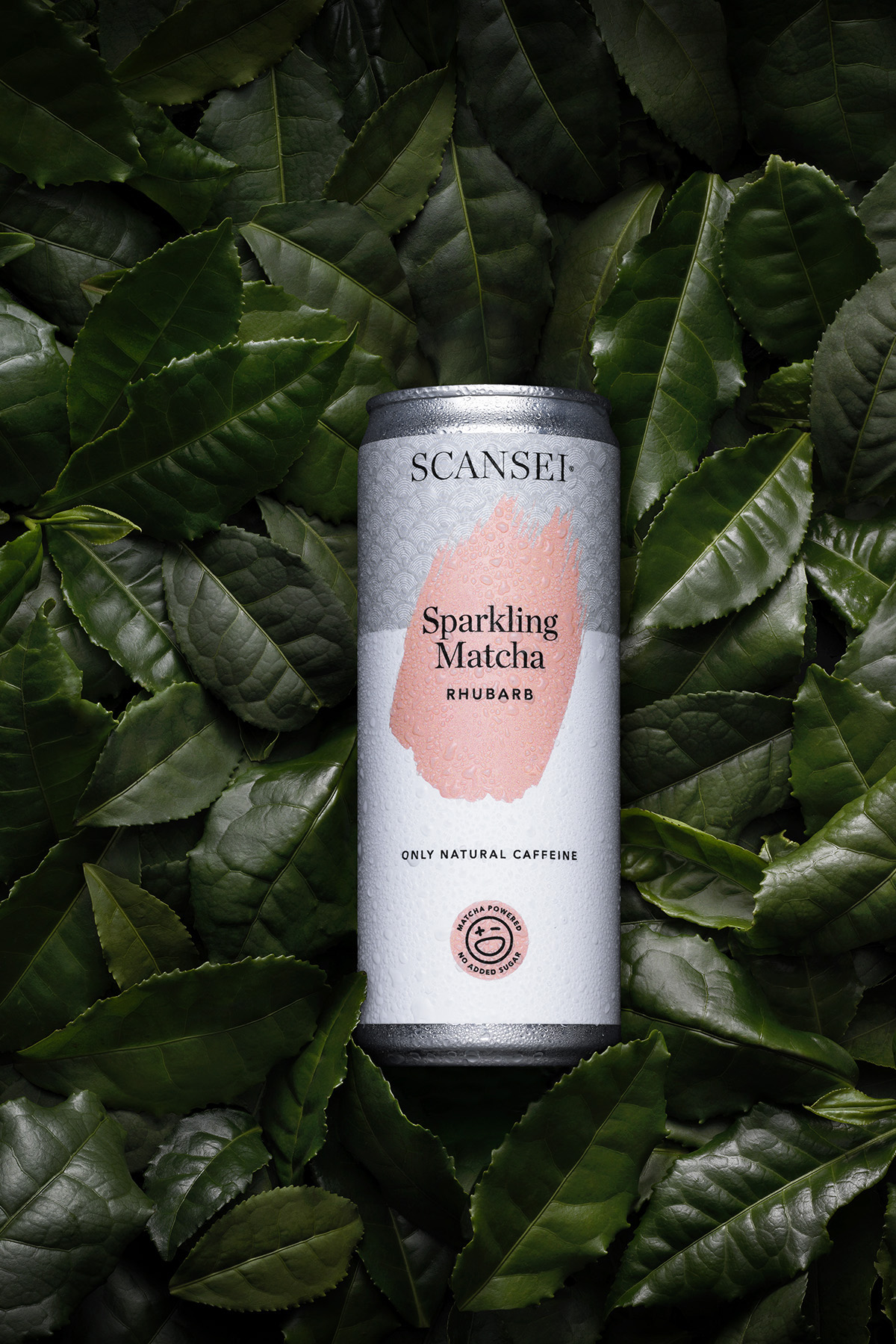
Refined Simplicity
Being brought up in a family who has been in the tea business forever, it feels like I have tea running through my veins. Some seven years ago, while working at a big beverage company, it struck me that calling ice tea tea, was an insult to tea as I’ve come to know and love it. The obsession of producing an ice tea – where tea is the actual focus – struck, and it has never left me since.
After years of experimenting with different teas, methods, temperature, brew duration and an illuminating visit to Japan, I am thrilled to present Scansei Sparkling Matcha.
And there it is;
Pure Japanese matcha, with a sparkling touch.
No sugar. No additives.
Refined in its simplicity, it is ice tea redefined.
Turn upside down, serve cold and enjoy!
//Fredrik, Founder Scansei

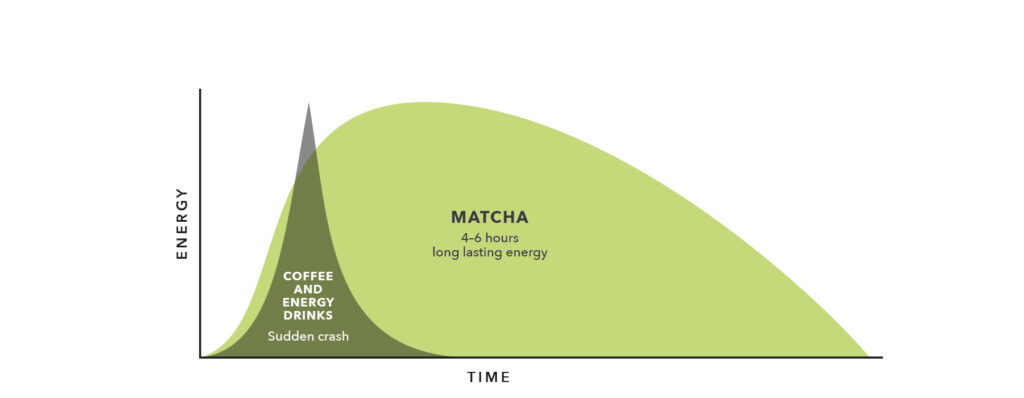
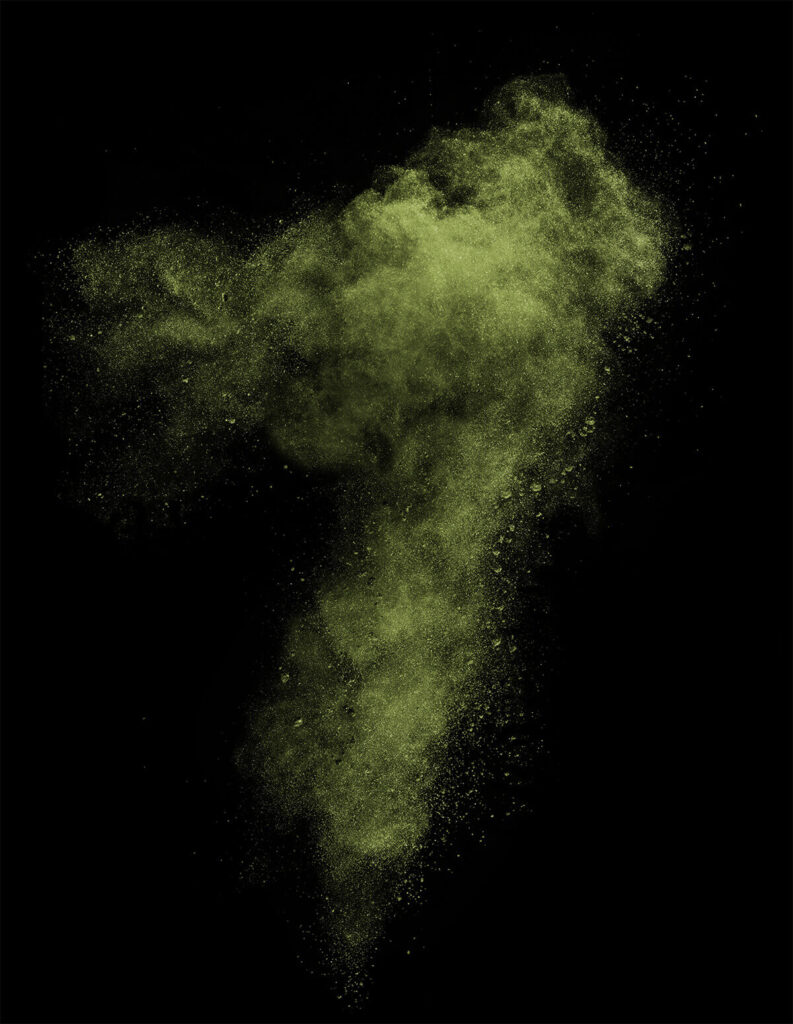
What is Matcha?
Matcha is considered the healthiest of green teas. Because the tea plant is protected from sunlight before harvest, the amount of chlorophyll increases and therefore also the nutrient content.
A matcha drink becomes a concentrate of all the health benefits of the green tea, and in a cup of matcha there is ten times more nutrition than in a cup of classic brew.
Matcha contains a lot of antioxidants – molecules that relieve oxidative stress by preventing the formation and oxidation of free radicals.
A food’s antioxidant level is measured in ORAC. For matcha, the ORAC value is 1400 units per gram, while the goji berry’s level is 253 units per gram. Matcha contain a lot of polyphenols, a kind of antioxidant that is said to protect against high blood pressure, heart disease and cancer. The substance is also considered to counteract aging and stimulate metabolism.
Matcha has an intense, greenish and spinach-like taste. In Japan, the flavor is described as umami, the fifth basic flavor.
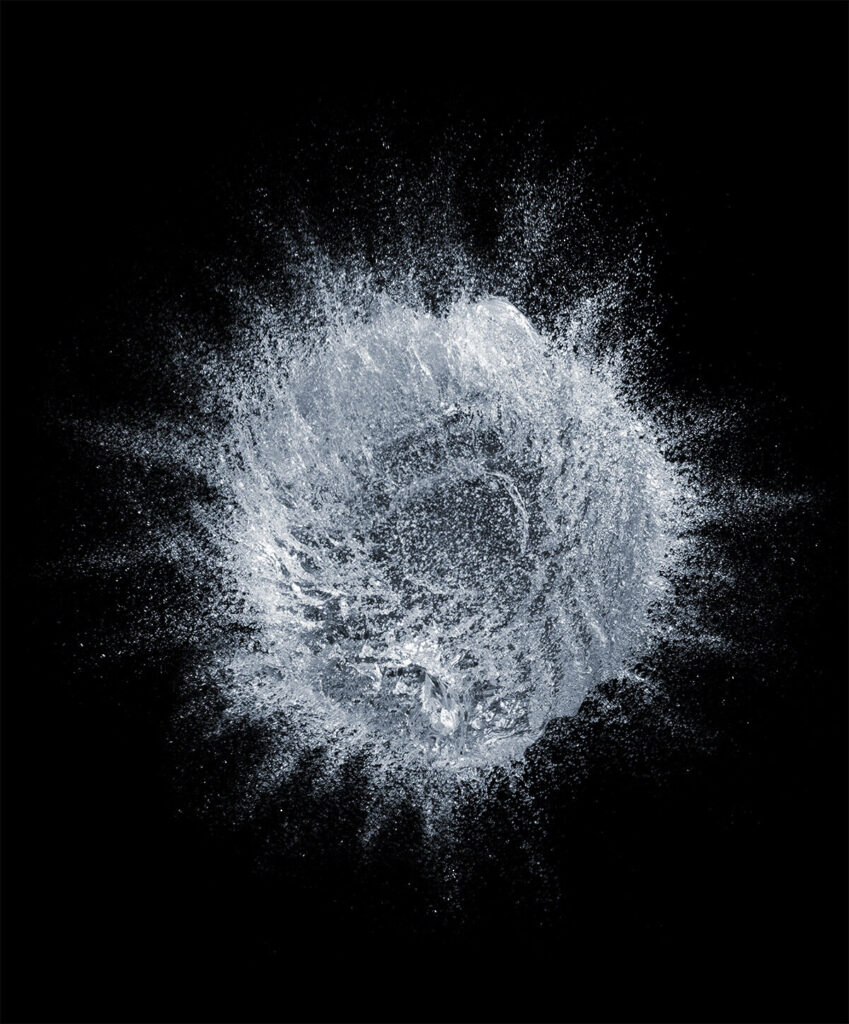
Why cold brew?
As water moves into the matcha, it dissolves hundreds of different substances and extracts them from the matcha powder. If the water is hot, it extracts more rapidly and completely. Hot water also cooks as it extracts, forcing chemical reactions that transform some of the extracted substances into other things, and driving some aroma substances out of the liquid. In contrast, cold water extracts more slowly and selectively which produces a simpler extract, and doesn’t change the original flavor substances as much. Thus, cold brewed matcha is different from matcha brewed with hot water.
We allow the cold water to mix with the matcha powder for more than 12 hours; we say “+12 hours”. This gives it the perfect taste and the right amount of bitter tannins in the mix. Important to remember is that a cold brewed matcha will taste different than a matcha brewed in hot water.
Good knowledge, great findings
1. What is the green stuff floating around?
That is matcha powder. The difference between matcha and most other teas is that you drink the leaf, which has been grinded into a powder.
2. How many calories does Sparkling Matcha contain?
7 kcal/100ml.
3. How much sugar does Sparkling Matcha contain?
There is no sugar added.
4. What´s the amount of thein/caffeine?
9,7 mg/100ml .
5. What is L-theanine?
L-theanine – an amino acid found in the tealeaf. Theanine is a non-protein-forming amino acid that is naturally present in tea. It increases the serotonin and dopamine signaling, which affects our mindset and makes us calm and relaxed.
6. What about lead in tea?
The issue regarding lead in tea is more related to Chinese tea where the soil tends to be more polluted. The matcha in our Sparkling Matcha has been tested for a numerous of pesticides and the results are within all regulations.
7. Can children drink Sparkling Matcha?
Since tea contains thein/caffeine we don’t recommend young children to drink it.
Do you miss Sparkling Matcha in your town or favorite restaurant? Please send us an email: info@scansei.com
